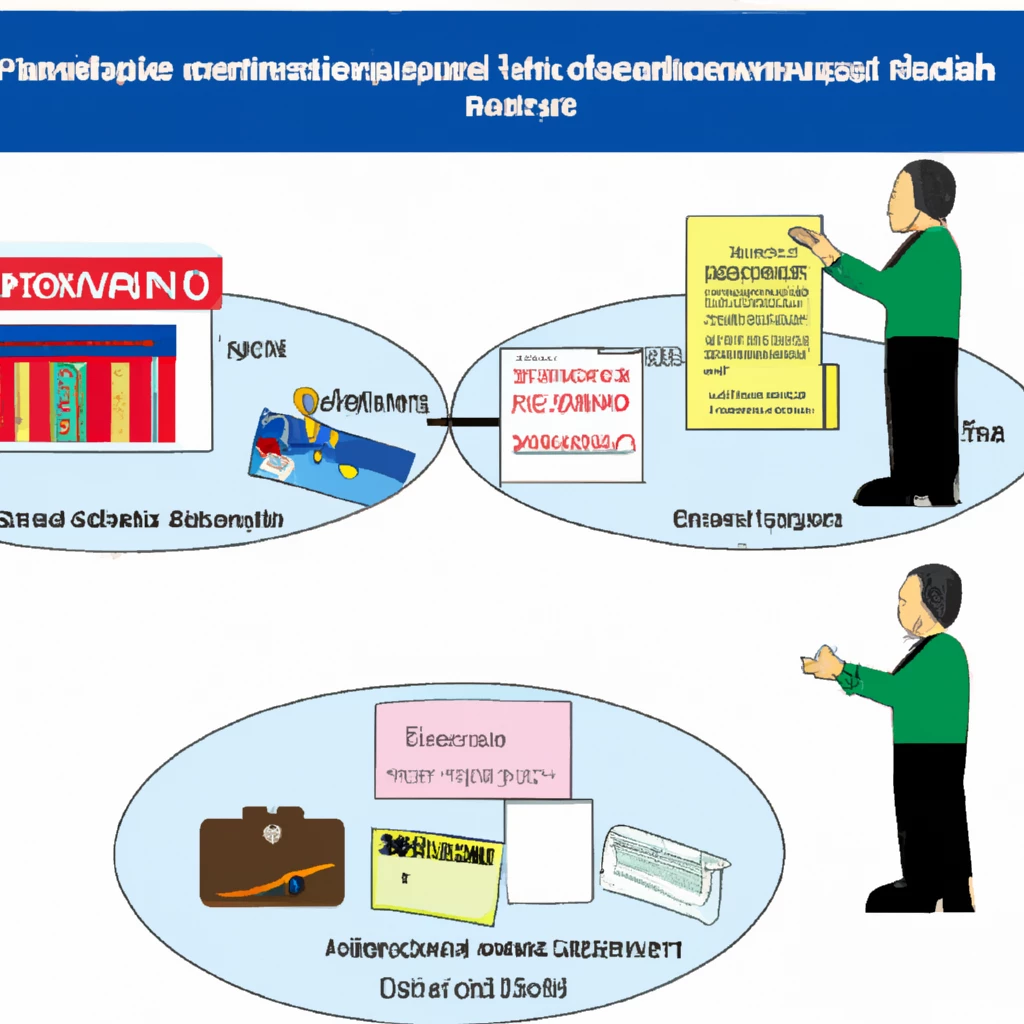Understanding Insolvency: Definition and Causes
Insolvency is a financial state where individuals or businesses are unable to meet their financial obligations, resulting in debts remaining unpaid. This condition often arises due to factors like poor cash management, decreased cash flow, or rising expenses.
Key Insights:
- Insolvency signifies the inability to fulfill debts when they fall due.
- It occurs when liabilities exceed a company’s value or when debtors cannot meet their financial obligations.
- Various situations, such as poor cash flow management, can lead to insolvency in a business.
- When facing insolvency, businesses and individuals may negotiate with creditors to restructure debts and settle them gradually.
Image Source: Investopedia / Theresa Chiechi
The Mechanism of Insolvency
Insolvency leads to formal insolvency proceedings, involving legal actions against the debtor and potential liquidation of assets to repay outstanding debts.
Affected parties can engage directly with creditors to reorganize debts into more manageable repayments, often favored by creditors to prevent losses.
Business owners planning debt restructuring must present a realistic plan demonstrating cost reductions and sustainable operational continuity to repay debts.
Forgiven debts, although usually taxable, are exempt from tax obligations if the debtor is deemed insolvent by the IRS.
Factors Influencing Insolvency
Several factors contribute to insolvency, including inadequate financial or human resource management practices that may lead to overspending and cash flow issues.
Increased operating costs can strain financial resources as businesses pass on rising prices to consumers, potentially driving away customers and reducing revenue.
Legal disputes resulting in significant damages can impair a company’s financial health, leading to cessation of operations and income loss.
Failure to adapt offerings to changing market demands can cause a decline in profits, resulting in financial instability and unpaid debts.
Insolvency may manifest as cash-flow or balance-sheet insolvency, where assets are insufficient to cover debts.
Distinguishing Insolvency from Bankruptcy
Insolvency denotes an inability to meet financial obligations, while bankruptcy is a legal process outlining debt repayment or asset liquidation arrangements.
An entity can be insolvent without filing for bankruptcy immediately, but prolonged financial distress may lead to bankruptcy proceedings.
Conclusion: Mitigating Insolvency Risks
Recognizing insolvency triggers, such as excessive spending, is crucial in avoiding financial turmoil. By understanding the causes of insolvency, individuals and businesses can proactively manage their finances to safeguard against insolvency’s detrimental impacts.
